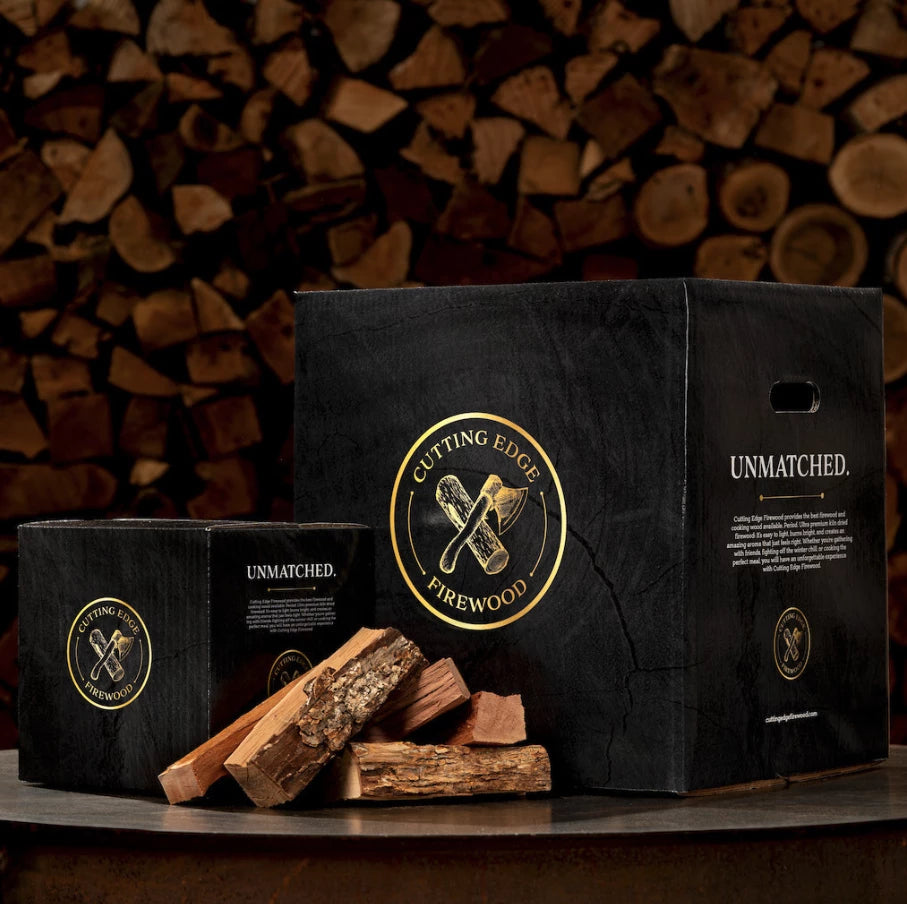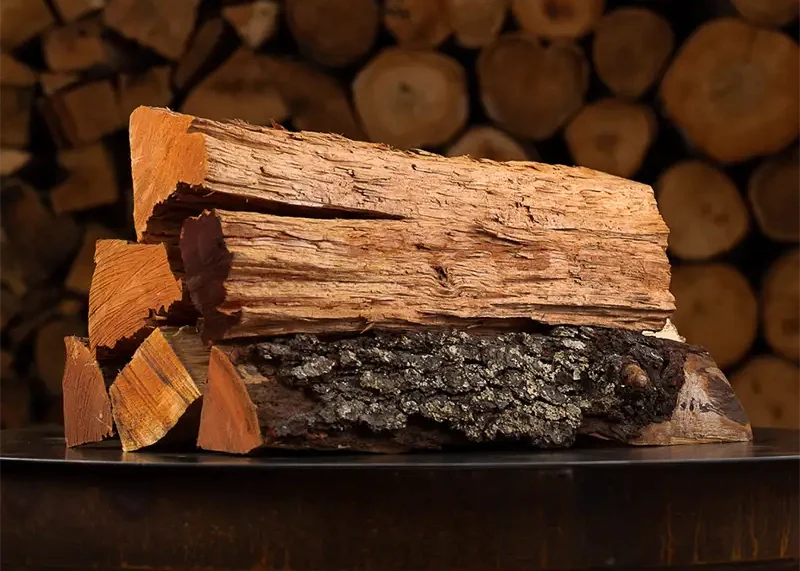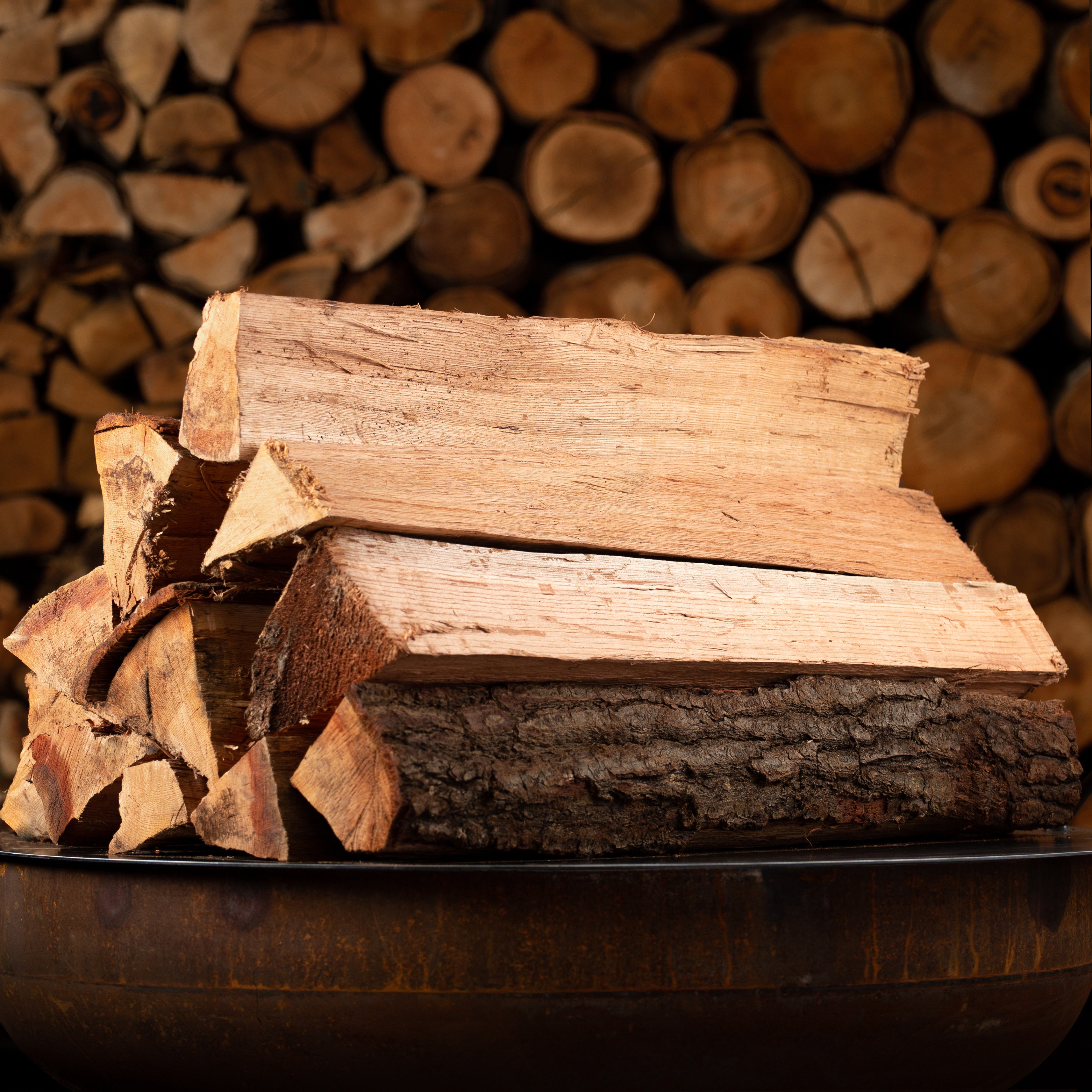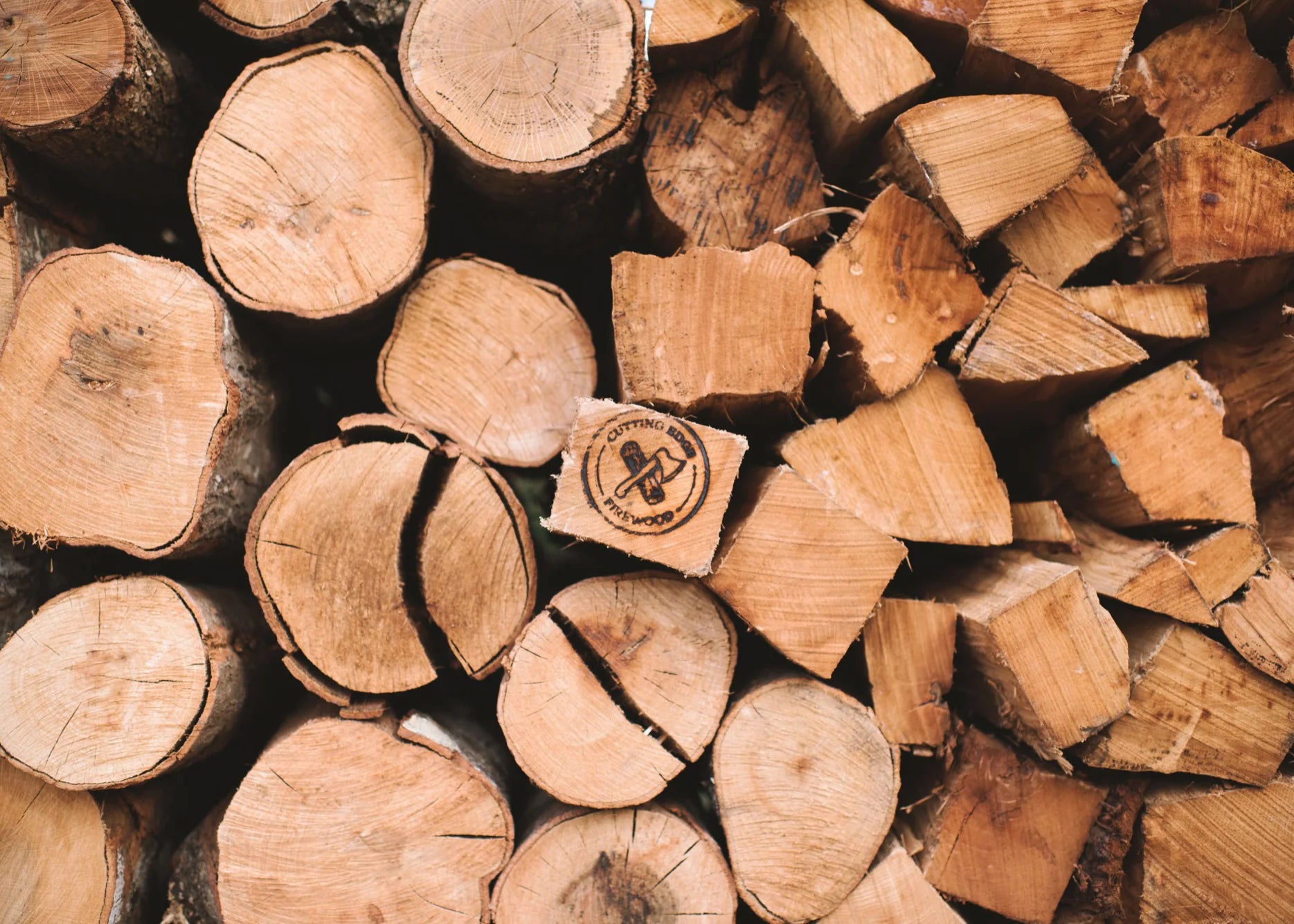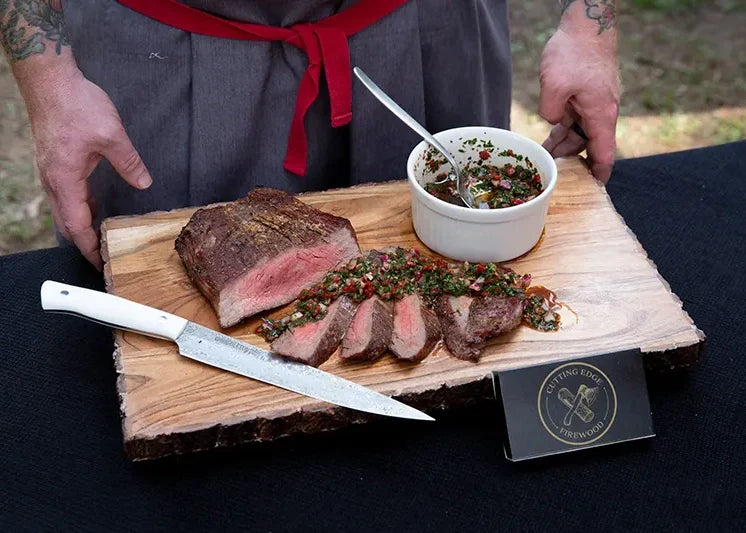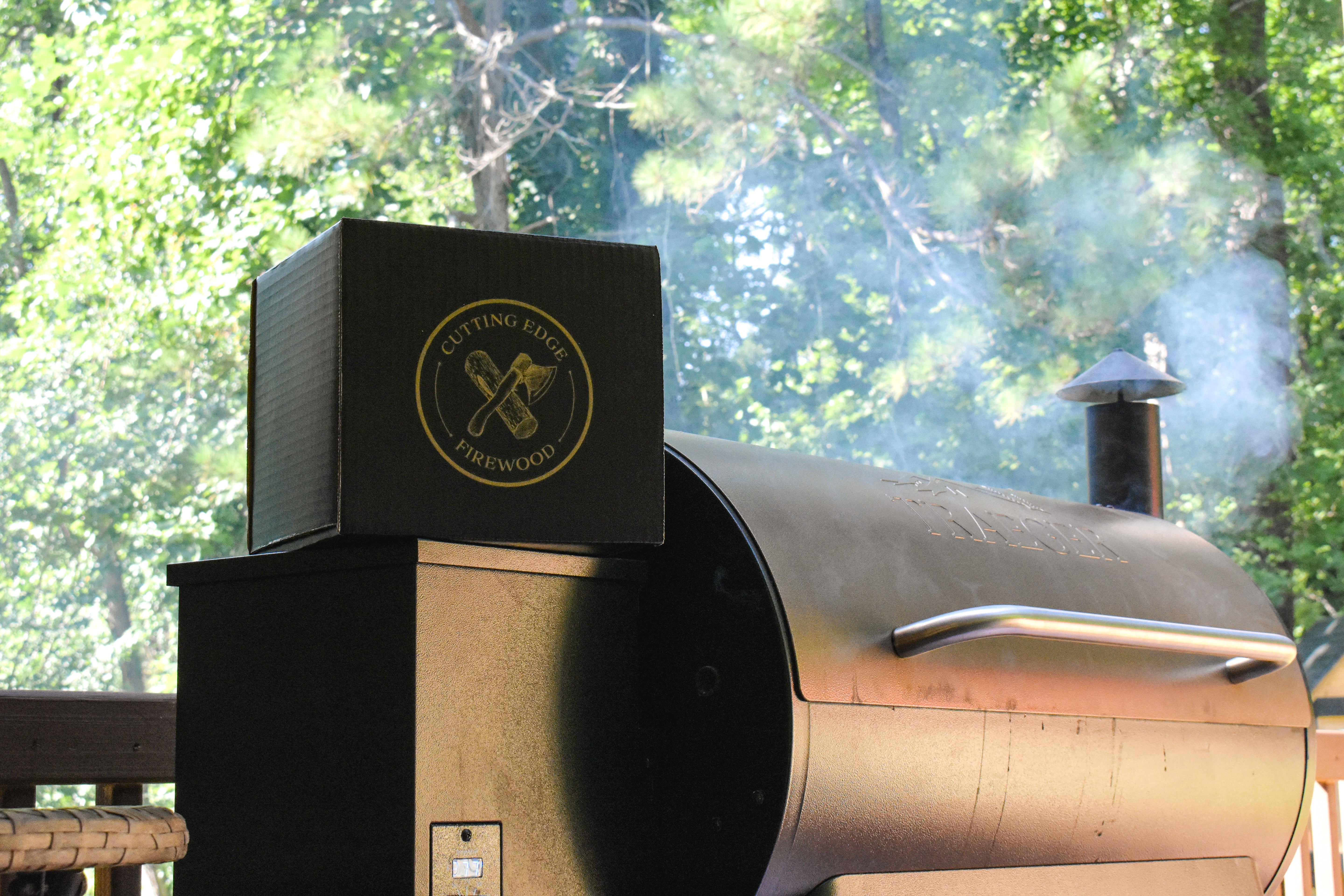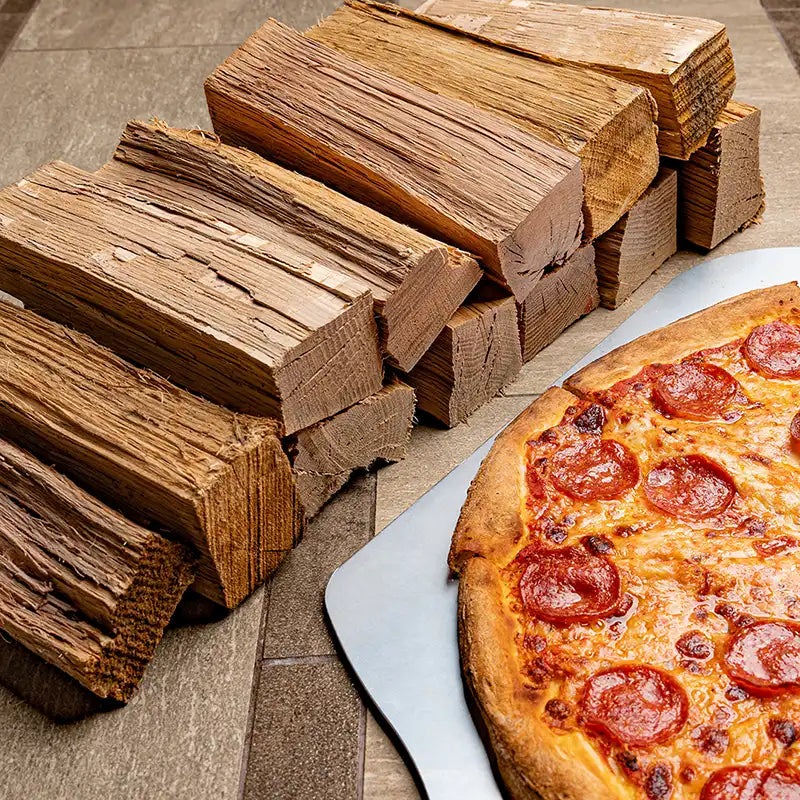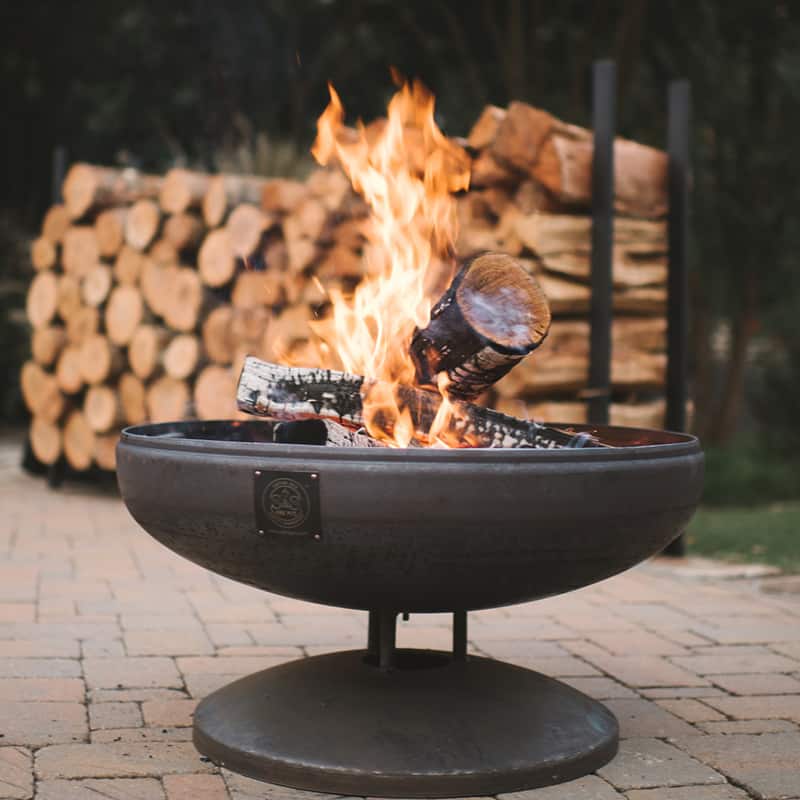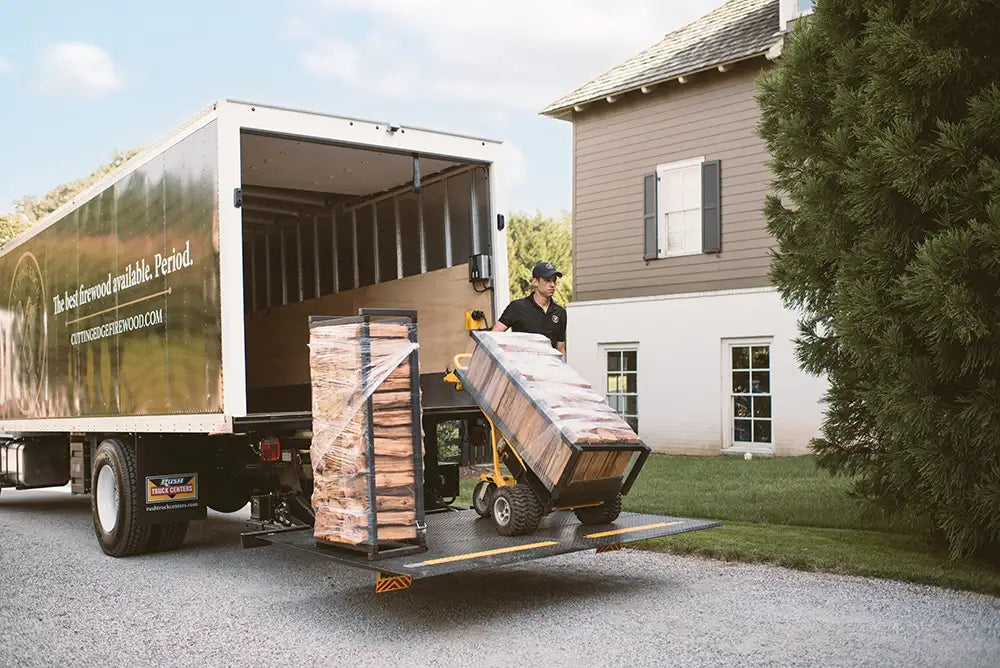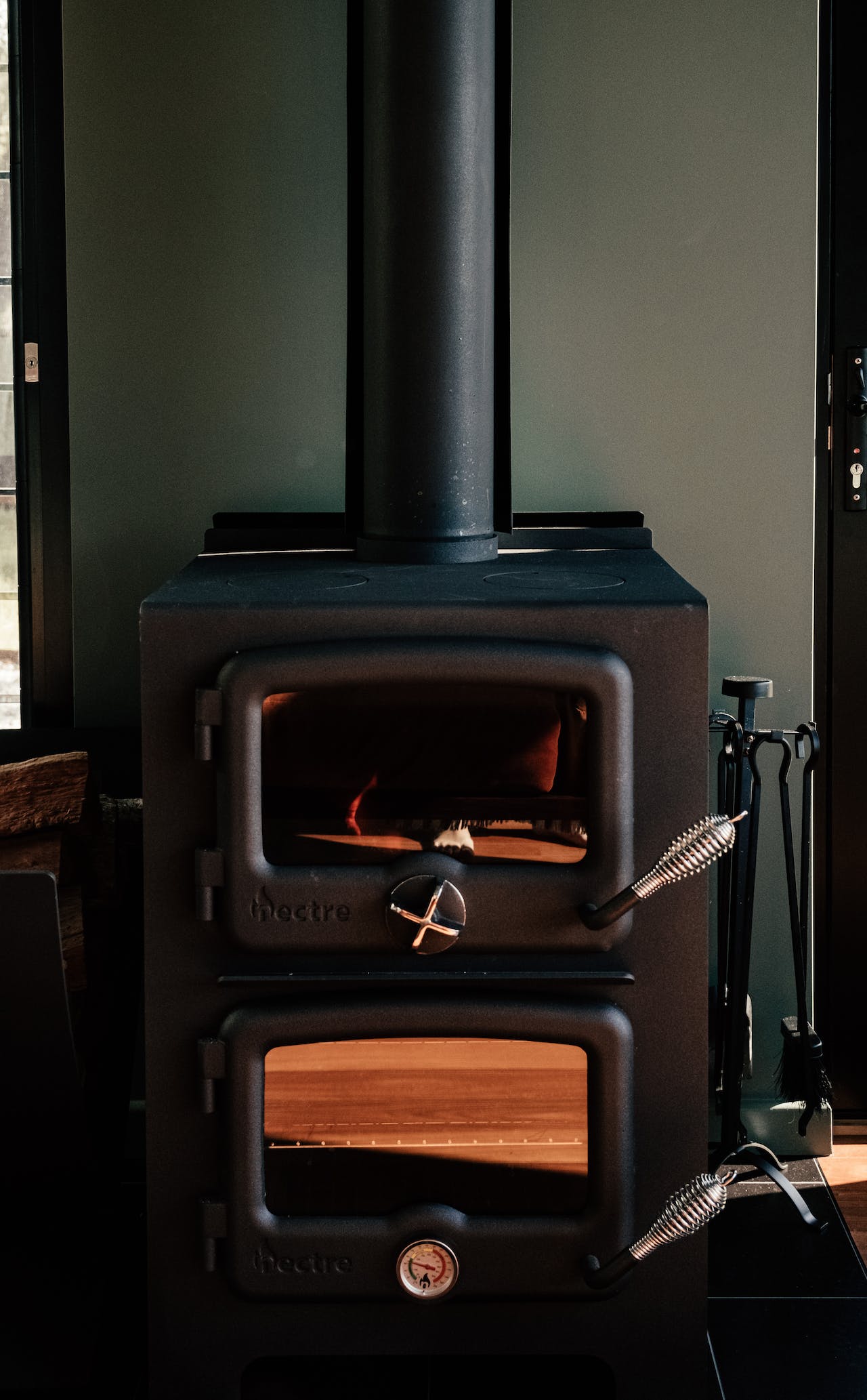Amid the frosty embrace of winter, there's a primal yearning that draws us towards warmth. An age-old desire to be enveloped by the inviting glow and aromatic embrace of burning wood. The wood-burning stove, a beacon of comfort in many homes, encapsulates this very essence.
Its ethereal glow, reminiscent of times when families huddled for warmth and whispered age-old tales, continues to beckon souls seeking respite from the cold. The subtle crackling of wood, the heat radiating off the stove, and the enveloping aroma all combine to create an intimate cocoon, momentarily suspending the world outside.
As you venture into understanding the art of using a wood-burning stove, prepare to reconnect with an ancient ritual, rekindle romance, and be swathed in the comforting embrace of nature's warmth.
What Is a Wood Burning Stove?
A wood-burning stove is a fusion of nature's elemental magic and human craftsmanship. It serves as a bridge, connecting us to a time when warmth was drawn directly from nature's bounty. In contrast to the impersonal warmth of modern electric or gas heaters, a wood-burning stove offers an immersive experience, where the scent, sound, and sight form an intoxicating sensory embrace.
Constructed from robust materials like cast iron or steel, these stoves house a firebox, which is where the magic truly unfolds. This is where the firewood combusts, casting its ethereal glow and spreading warmth.
The science behind its operation is beautifully simple. Oxygen, crucial for combustion, is drawn in through adjustable dampers. This influx of oxygen sustains the flames, ensuring their steady dance.
As the wood burns, it releases gasses. Safely channeled by the stove's venting system, which often leads to a chimney, these gasses exit, leaving behind only warmth and the visual allure of flames. In essence, a wood-burning stove transforms firewood into warmth, aroma, and light, encapsulating the timeless romance of an indoor fire on a cold winter's night.
Why Use a Wood Burning Stove?
In an age where authenticity is sought after, a wood-burning stove stands as a testament to genuine experiences.
As we transition back to embracing the warmth and comfort that nature provides, this appliance becomes a centerpiece of shared memories, rich aromas, and the unparalleled sensation of genuine heat. The experience is reminiscent of gatherings around an open fire but with the added sophistication and efficiency of modern design.
Modern wood-burning stoves, especially those approved by the U.S. Environmental Protection Agency (EPA), boast an impressive average conversion rate of about 70 percent — making them more adept at turning wood to heat than traditional fireplaces. Additionally, they emit fewer CO2 emissions compared to many other heating options, striking the perfect balance between ancient allure and contemporary environmental responsibility.
Why Is Choosing the Right Firewood Important?
The heart of a wood-burning stove's performance lies in its fuel: the firewood. But not just any firewood will suffice. The choice of firewood significantly influences the quality of the burn, the allure of the flames, and, most importantly, the experience of those gathered around.
Smoke Level
Choosing the right firewood is pivotal in setting the ambiance of a fireside evening. Opt for high-quality firewood that boasts minimal moisture. Drier wood not only burns hotter and more efficiently but also yields less smoke. This translates to a pristine, uninterrupted view of the mesmerizing flames and releases a richer, woody aroma that beckons the senses.
Burn Intensity
The heat of the moment can be tailored by the wood you select. Hardwoods like hickory or oak radiate an intense warmth perfect for combating the chill of winter nights, while milder woods like cherry can bathe the room in a romantic red glow and a subtly sweet aroma.
Such nuances in intensity can either turn your space into a hub of energy and excitement or a sanctuary of relaxation and coziness.
Burn Time
Beyond the aroma and warmth, the longevity of the fire is pivotal for a fulfilling experience. With our premium firewood, which is carefully dried to perfection, your fire will burn longer. Whether it's for an intimate gathering around the stove or a solitary late-night read, our firewood ensures your moments by the fire stretch deep into the night.
How To Prepare a Wood-Burning Stove
Every luxurious and memorable fire experience begins with meticulous preparation. The intimate ritual of readying a wood-burning stove can transform an everyday task into a sacred act, a prelude to the majesty of the flames.
Here’s how to do it:
- Cleaning: Start by opening the stove’s door and carefully removing any ash remnants from previous fires with an ash shovel. Remember, a clean stove ensures efficient airflow and sets the stage for a pristine burn.
- Positioning: Ensure the stove is on a fire-resistant surface and far from flammable objects. The stove's placement should not only consider safety but also aesthetics; it's about setting the scene for countless memories crafted in its warm embrace.
- Vent adjustment: Before igniting, slightly open the stove's air vents. This adjustment is pivotal, ensuring the wood catches fire effortlessly, pulling in fresh air to breathe life into the embers.
How To Load Firewood Into a Wood-Burning Stove
Each piece of firewood, meticulously chosen, holds its own significance in the grand scheme of a perfect burn.
Begin with the foundation. Use larger, harder wood logs, compactly arranged on the firebox floor. If the firebox is somewhat square, position the logs either east-west, allowing combustion air to touch the log's side, or north-south, directing the air towards the log ends. This foundational layer acts as the supportive pillars, enduring the fire's intensity while facilitating efficient airflow.
Next, use medium-sized logs for the middle layer. Lay them across the base logs, crafting an interwoven layout. This intricate mesh becomes the central hub from which warmth radiates and the authentic aroma of burning wood fills the room.
For the crowning touch, consider our Mini Fire Pit Wood, designed for more intimate setups like smaller wood-burning stoves or outdoor chimineas. Sourced from our prized oak firewood, these pieces range from approximately five to nine inches.
Not only do they generate twice the heat of regular seasoned wood, but their enchanting aroma, reduced smoke, and pronounced flame make them an essential choice. These smaller logs and kindlings, ultra kiln dried to perfection, are the sparks that light the fire, encouraging the robust logs below to unleash their radiant warmth.
How To Ignite a Fire in a Wood-Burning Stove
Ignition is where magic truly unfolds. It's where you witness the birth of flames, a sight that has captivated humanity since the beginning of time. With our ultra kiln dried wood, this ritual becomes an effortlessly enchanting experience, ready to spark with just a single match.
Here’s how to ignite the perfect fire:
- Preparing the tinder: Using our ultra kiln-dried wood, lay out fine twigs or the premium oak kindling from our Fire Starter Package. Position them gently atop the top layer, allowing them to breathe.
- Striking the match: With our premium wood matches, ignite the tinder.
- Nurturing the flames: As the tinder and kindling catch, gently add more pieces of our ultra kiln-dried wood to maintain and build the fire. Use a fire poker to adjust the logs, ensuring optimal airflow between them.
- Vent adjustment: Use the stove's vents to modulate the air intake. If they're too aggressive or smoldering, adjust the stove's vents accordingly. A steady blue or bright yellow flame indicates optimal burning.
How To Regulate and Maintain the Fire
A fire, like a heart, requires care and understanding. As it burns, certain adjustments can help ensure its rhythm remains steady and its warmth unwavering.
Understanding the stove's vents is essential. These vents directly influence the fire's behavior; by slightly opening them, you can promote a livelier flame, while decreasing the airflow results in a controlled, smoldering burn.
As hours pass and the fire diminishes, it becomes necessary to add more logs. When doing so, place them strategically to maintain the fire's efficiency and warmth.
Safety, of course, should always be the primary concern. Employ fire-resistant gloves during any adjustments, and always ensure that children and pets are at a safe and supervised distance from the stove. By keeping these considerations in mind, you can enjoy the timeless coziness of a wood fire, ensuring warmth throughout cold winter nights.
How To Clean and Maintain a Wood-Burning Stove?
In the gentle aftermath of a night warmed by the embrace of a wood-burning stove, the remnants of embers and the lingering scent of wood guide us into a routine of gratitude and care. Start the morning by delicately shoveling out the ash remnants and storing them in a metal container. Let them cool down completely before deciding whether to reuse or dispose of them.
For those with a glass door on their stove, the subtle mix of water and ash becomes a natural cleaner. A soft cloth dipped in this solution works wonders in wiping away the soot, unveiling a clear reflection of the fire's past glory.
And, as time marches on and the wheel of seasons turns, it's essential to summon a professional to give your stove a thorough once-over. This annual servicing ensures that each part of the stove remains in optimal condition, ready to warm countless more nights.
As with all things precious, regular safety checks are crucial. Keeping an eye on the stove's wear and tear, ensuring the vents are in top shape, checking the door's seal, and ensuring the chimney's clear passage are vital for the continued romance of fireside nights.
The Bottom Line
A wood-burning stove is more than just a source of heat; it's a portal to moments steeped in luxury and intimacy. Every spark, every flame, and every wisp of smoke tells a tale — one of shared stories, quiet reflections, and connections forged in the embrace of warmth.
With the right firewood, such as our unparalleled Cutting Edge Firewood, these tales achieve a richness, a depth that resonates deep within the soul. Whether you're igniting a new fire or reminiscing by the faint glow of dying embers, remember this: the true essence of fire lies not in the heat it produces but in the memories it evokes.
In every flicker, in every crackle, and in every shadow cast, there lies an invitation —an invitation to gather, to feel, and to cherish. So, the next time you approach your stove, let Cutting Edge Firewood fuel your most unforgettable moments.
Shop our premium firewood here.
Sources:
Choosing the Right Wood-Burning Stove | US EPA
Sources of Greenhouse Gas Emissions | US EPA
Best Firewood: Heat Values and Wood-Burning Tips | The Old Farmer's Almanac

